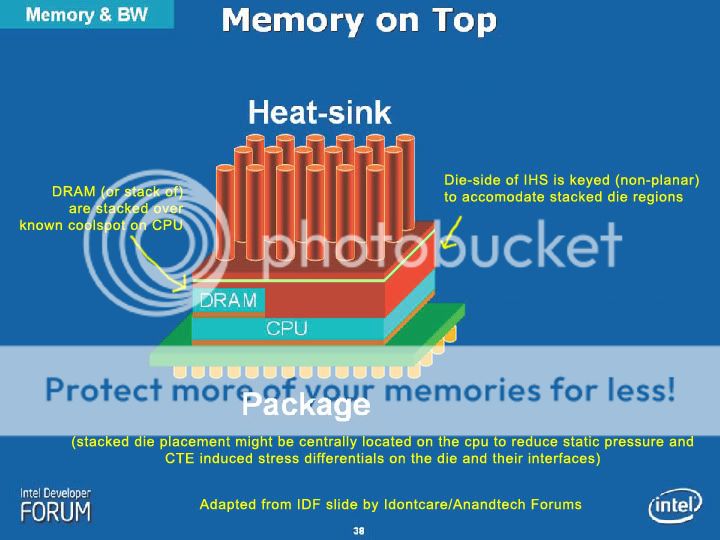sm625
Diamond Member
- May 6, 2011
- 8,172
- 137
- 106
When IMC+ socket 939 came around, there was a period of time where the cpu was far from bandwidth starved. That period ushered in a 3+ year era where any kind of dual channel configuration resulted in sufficient bandwidth. Now we're pushing up against bandwidth limits again. At least AMD is anyway. (Intel has crap gpu so they dont need memory bandwidth.) 192/256 bit memory bus would remove that limit for a few years. We are already in an age where many x86/ARM mainboards are manufactured much like a discrete gpu card, with memory chips soldered onto one or both sides of the board. We could easily have a 192 bit memory interface composed of just 6 discrete DDR ICs. For a bit more cost we could do it with 3 DDR ICs, but there is no need for that because only a tablet would need that level of miniaturization, and 192 bit memory would be overkill for a tablet.



